What are some cathode materials for lithium-ion batteries?
The material and chemistry used in the cathode of a battery are vital in determining the battery performance.
Currently, the positive electrode materials successfully developed and applied include lithium cobalt oxide (LCO), lithium iron phosphate (LFP), lithium manganate (LiMn2O4), ternary material nickel cobalt manganate (NCM), and nickel cobalt aluminum aluminate (NCA). We will explore a few common chemistries for cathode material in this article.
Lithium cobalt oxide (LCO, LiCoO)
Lithium cobalt oxide, also known as lithium cobaltate, are particularly special because they were the first commercially produced lithium batteries. Lithium cobaltate has many benefits with its high discharge platform, simple synthesis process, high capacity, and good cycle performance. However, cobalt can be relatively toxic, and the price high. It is also difficult to guarantee safety when making large LCO batteries. Most 3C electronic batteries still use LCO rather than a higher-capacity ternary material because lithium cobalt oxide material has greater density per volume. Lithium cobalt oxide is predominantly used in cell phones and laptops. Furthermore, the theoretical capacity of lithium cobalt oxide is high, but the actual capacity is only half of what is theorized. The reason is due to the charging process: when the amount of lithium ions extracted from lithium cobalt oxide material is less than 50%, the morphology and crystal form of the material can be kept stable. However, when the lithium-ion extraction amount increases to 50%, the lithium cobaltate material undergoes a phase change. If charging continues at this time, cobalt will dissolve in the electrolyte and generate oxygen, which affects the stability of the battery cycle life and performance.
Lithium iron phosphate (LFP, LiFePO4)
There is wide interest in Lithium iron phosphate cathode materials. Its main features include non harmful elements, low cost, and good safety and cycle life (its lifespan can reach 10,000 cycles). These characteristics have made lithium iron phosphate materials popular for research, and they are widely used in the field of electric vehicles. The main disadvantage of lithium iron phosphate is its low energy density. The voltage of lithium iron phosphate material is only about 3.3V, which makes the LFP battery have lower energy storage. Lithium iron phosphate also has poor conductivity and needs to be nanometerized. It can be coated to obtain good electrochemical performance, which makes the material become “fluffy” and the compaction density low. The combined effect of the two makes the energy density of lithium iron phosphate batteries lower than that of lithium cobalt oxide and ternary batteries. Recently, accidents concerning new energy vehicles have occurred and frequently show up on the news. People hope to improve upon the materials and its safety performance by modifying it: some researchers have mixed lithium iron phosphate with manganese to make it have higher voltage and energy density while others have mixed it with NCM ternary material.
Ternary materials (NCM, NCA)
Ternary material is the common name of lithium nickel cobalt manganese oxide (LiNixCoyMn1-x-y02), which is very similar to lithium cobaltate. This material can be balanced and adjusted in its specific energy, cycle, safety, and cost. The different configurations of nickel, cobalt, and manganese bring about various properties to the material: increasing the nickel content increases the capacity of the material but makes the cycle performance worse; the presence of cobalt makes the material structure more stable but the content too high and capacity reduced; the presence of manganese reduces costs and improves its safety performance, but its high content destroys the layered structure of the material. Due to the many factors that need to be considered when using these elements, the focus of ternary material research and development has been on finding the proportional relationship between nickel, cobalt, and manganese in order to achieve optimal performance.
Learn more about batteries
Keep an eye out on Grepow’s official blog, where we regularly update industry-related articles to keep you up-to-date on the battery industry.
Grepow website: https://www.grepow.com/
Grepow Blog: https://www.grepow.com/blog.html
If you are interested in the Grepow’s high discharge and custom-made batteries, please reach out to us at info@grepow.com. We can be the one-stop solution to your products’ needs.
Related Articles
-

Building an FPV Drone: A Deep Dive into the Technology
2025-06-30 -
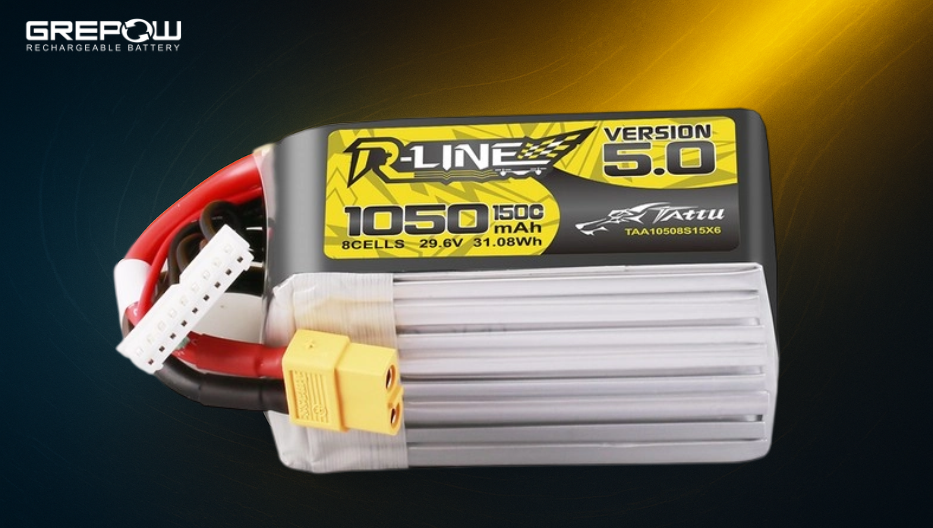
What is an 8S LiPo Battery?
2025-06-20 -
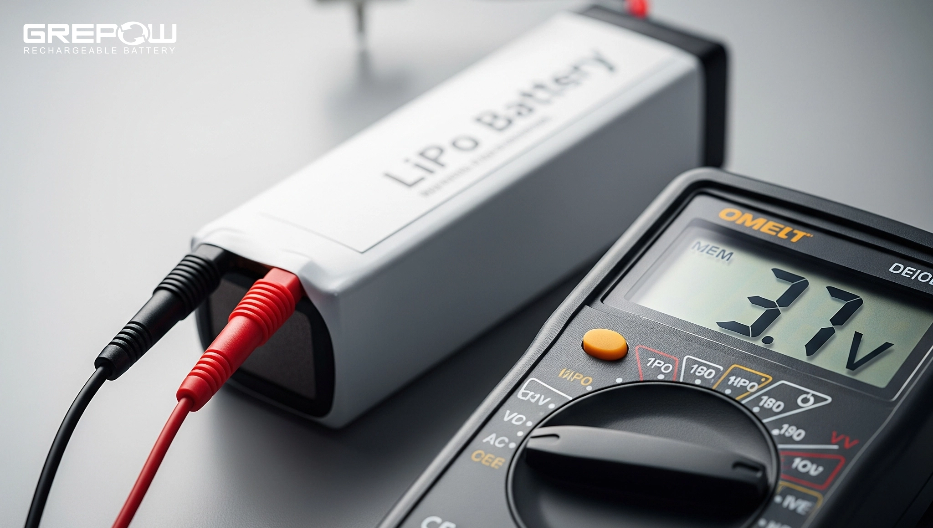
What Is the Voltage of a LiPo Battery?
2025-06-17
Related products
-
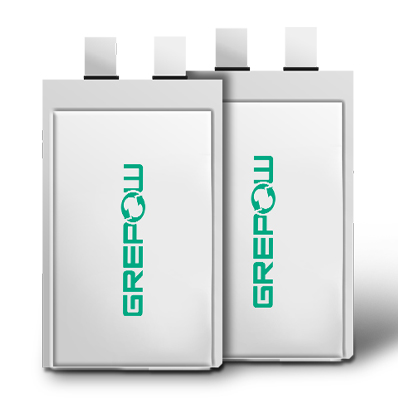
Pouch Rectangular Lipo Battery
-
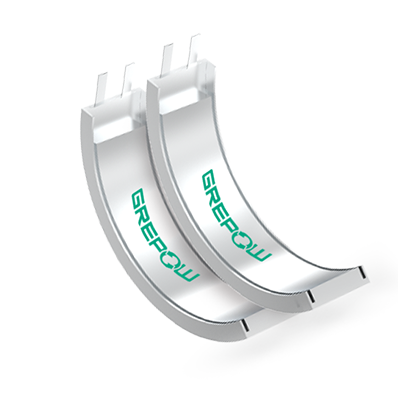
Pouch Curved Lipo Battery
-
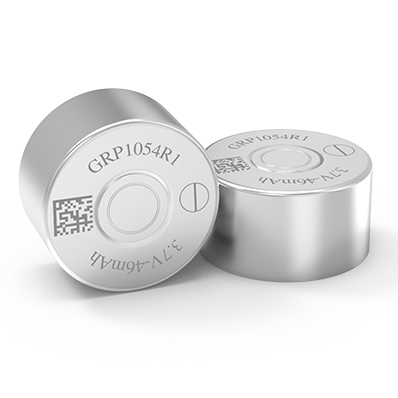
GRP1054 Series Rechargeable Lithium-Ion Button Cell Battery
















































